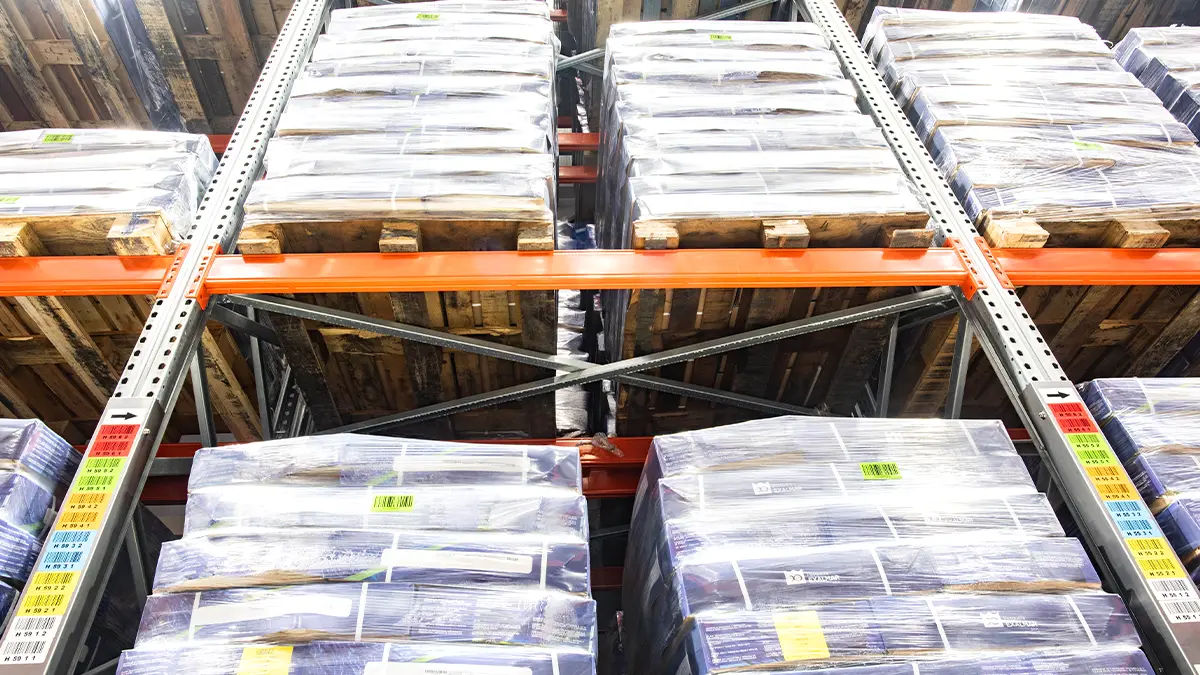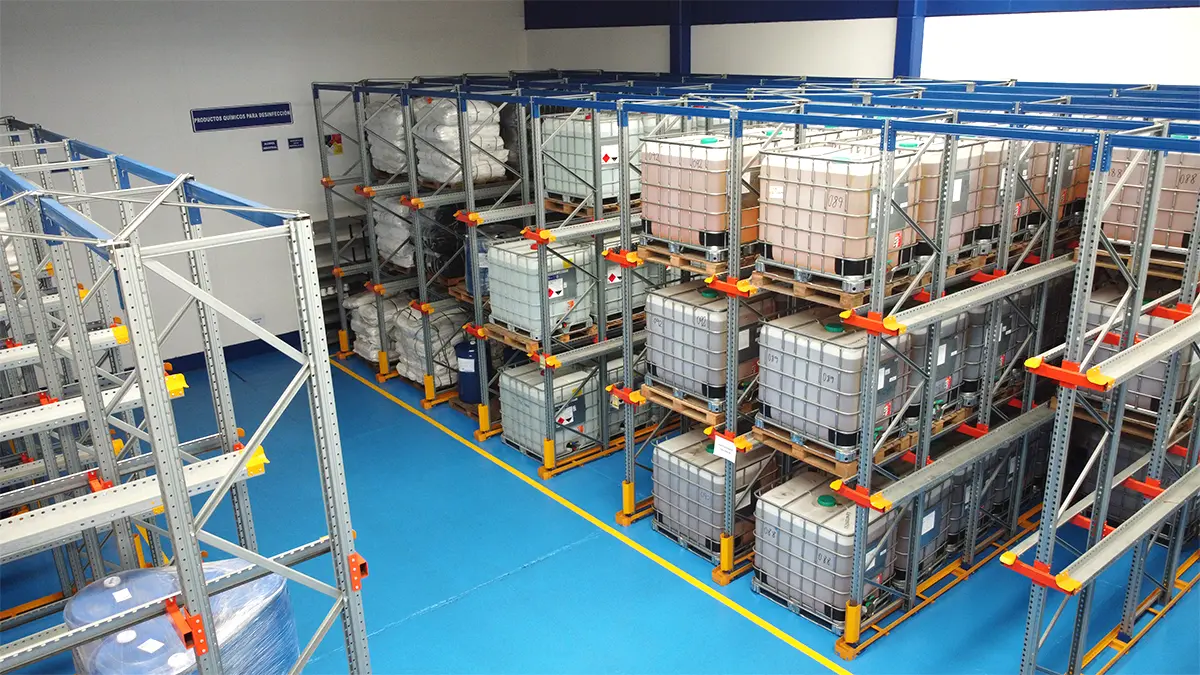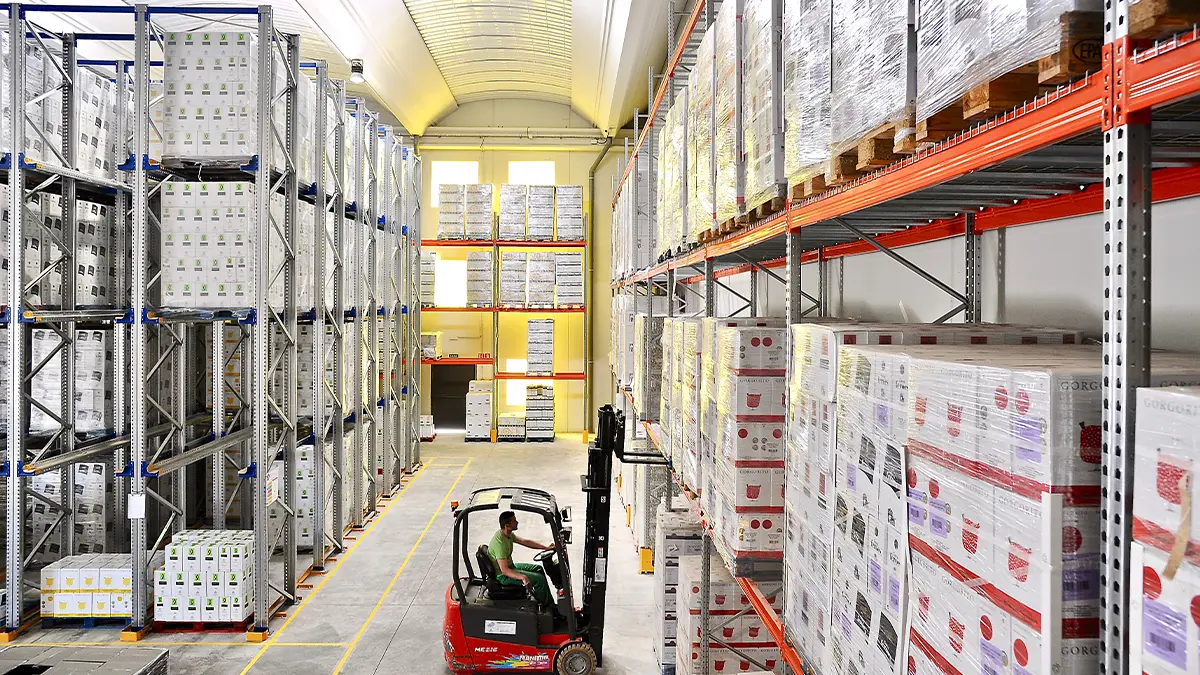Intralogistics, in today’s world, has become a vital component of any company’s supply chain. It is the internal management process of materials, products and information flows, which ensures the efficiency and optimisation of operations from production through to final delivery to the customer. Intralogistics plays a crucial role in reducing costs, improving productivity and customer satisfaction. In this article, we will explore what intralogistics is, its benefits, challenges and how intralogistics 4.0 is revolutionising this field.
What is intralogistics?
Intralogistics can be described as the set of activities and processes carried out in a company to manage the flow of goods and services from the moment of their receipt through to delivery to the end customer. This internal management includes activities such as storage, handling, internal transportation, order preparation and inventory control. Its main objective is to ensure an efficient supply chain and an optimised work flow.
Benefits of intralogistics
Greater logistics efficiency
Well organised intralogistics improves operating efficiency by removing bottlenecks, reducing downtime and optimising resource distribution. For this reason, it is important to choose the most appropriate type of industrial racking for the company.
Optimisation of costs
By increasing efficiency, operating and storage costs are minimised, increasing the company’s profitability as a result.
Greater customer satisfaction
Intralogistics ensures accurate and fast deliveries, leading to satisfied customers and greater brand loyalty.
Optimised inventory management
Intralogistics allows better stock management, avoiding overstock or stockout and optimising storage levels.
Greater visibility and traceability
With advanced technologies, it is possible to track and trace products in real time, improving stability across the supply chain.

Challenges of Intralogistics
Although intralogistics offers many benefits, it also faces several challenges:
Automation and technology
Implementing advanced technologies such as warehouse automation, automated storage systems, robotics and warehouse management systems can be costly and complex for some companies.
Data management
The large volume of data generated by logistics operations requires appropriate management and analysis systems to convert it into useful information.
Training and empowerment
The introduction of technology requires training staff to operate and maintain the new systems.
Information security
With increased interconnection and digitisation, data protection has become a major concern.
Flexibility
The ability to adapt to changes in market demand and dynamics is essential to maintain an agile and competitive supply chain.
The concept of Intralogistics 4.0
The concept of Intralogistics 4.0 arises from the digital transformation that has affected all areas of the industry. It is based on incorporating advanced technologies to optimise and revolutionise the internal management of materials. Some key elements of Intralogistics 4.0 are:
Internet of Things (IoT)
The integration of sensors in equipment and products allows for real-time monitoring, which facilitates decision-making based on accurate data.
Big Data and advanced analyses
The collection and analysis of large volumes of data generated by logistics operations help to identify patterns, trends and opportunities for improvement.
Automation and robotics
The implementation of robots and automated goods handling systems streamlines operations and reduces dependence on human labour in repetitive tasks.
System integration
Communication between different supply chain systems through ERPs and other management systems optimises the flow of information and reduces the possibility of errors.
Augmented reality
It facilitates staff training and assistance in picking and packaging tasks, improving precision and reducing the learning time.
Intralogistics is an essential component for the success of any company in the modern supply chain. The effective implementation of intralogistics solutions improves efficiency, reduces costs and increases customer satisfaction. As technology continues to evolve, Intralogistics 4.0 is currently a promising option to further improve productivity and competitiveness in the market.
Adopting these technologies intelligently and strategically, choosing the industrial racking that best optimises the company’s operations, will be vital to ensure a prosperous future in an increasingly digitised environment.













